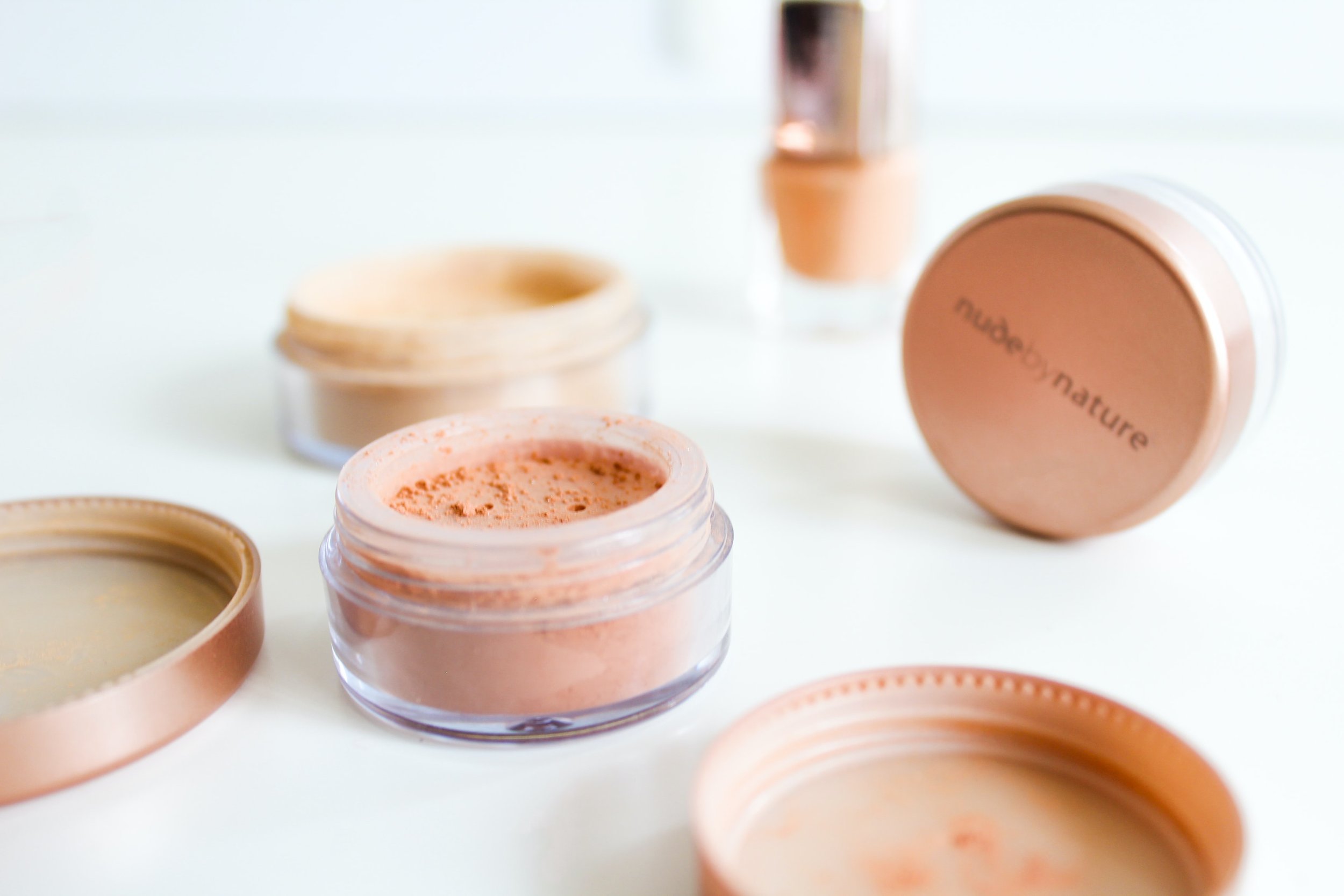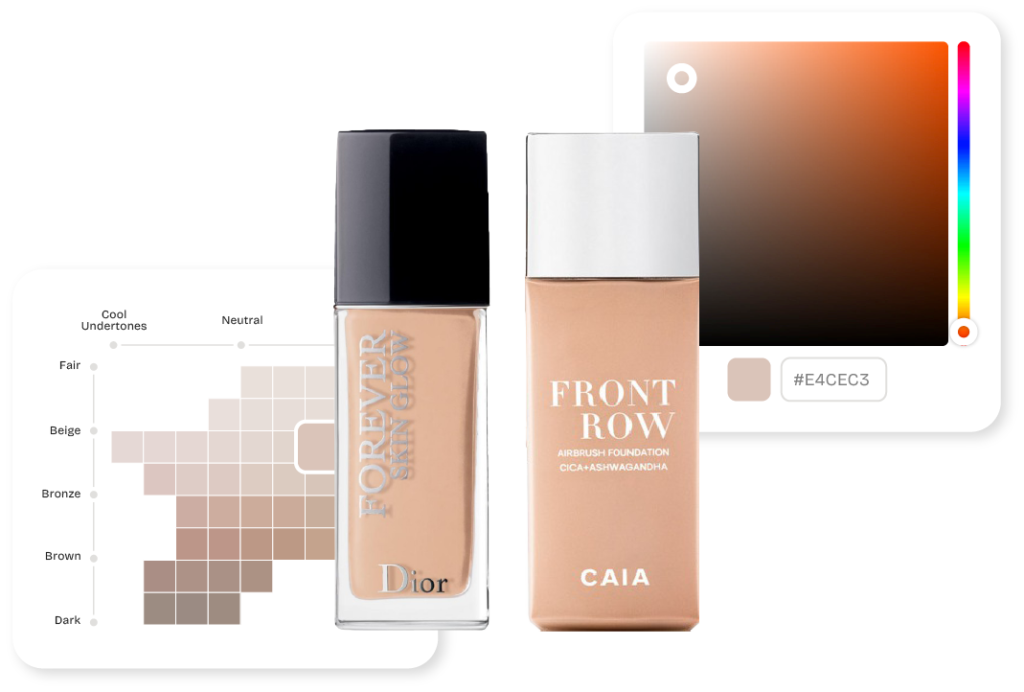4 Ways to introduce Clean Beauty into your brand

Product category
Author
Many “Clean Beauty” brands are responsible for clean washing. Clean washing can be defined as the false advertising by beauty brands who claim their products are clean when they are actually not. Brands often do this to provide a quick solution to the increasing demand by consumers for more clean beauty products.
Due to clean washing, truly clean beauty brands need more proof that they are in fact clean, and with the help of Skin Match Technology and our range of digital solutions, we help brands cultivate trust with their consumers, especially clean beauty brands.
However, many brands, especially older beauty brands may be taking a little longer to adopt a clean beauty mindset as they’re less agile and would require more unlearning than say a younger start-up brand. With clean beauty trends expected to rise +13% from 2022-2030, losing sales when coming clean is certainly not a concern, we can also report that 93% of consumers say they are more inclined to buy products marked “clean”.
Did you know:
93% of consumers say they are more inclined to buy products marked “clean”, learn more about clean beauty digital solutions here
How to incorporate clean beauty into your beauty brand
- Start small: most brands are already well established so it might be more challenging to change, however, starting small is still starting! Incorporate a clean beauty line and concept within your brand, this way you can get to know your consumers, think of it as a focus group, your consumers get to try your new clean beauty line and you get to learn about what makes a great clean beauty product.
- Learn about your consumer’s values: Clean beauty is comprised of many different elements which amount to the values of the consumer. Clean beauty can be ocean-conscious, cruelty-free, vegan friendly, pro-nature, non-toxic and so on. You need to learn what matters to your consumers and ultimately what matters to you as the brand so that you can be more authentic to your consumer.
- Stand for something: Clean beauty is also activism, start being more vocal in your marketing about the environmental issues that matter most to you, this way, you may attract a new market!
- Don’t forget the packaging: This is often the stage that many brands may overlook but it is one of the most important. It’s great to put out a clean beauty product but what about how it’s packaged and shipped? Recyclable packaging is the way to go but there are ways to be creative about it. Harry Styles beauty brand Pleasing takes transparency to the next level by disclosing what the product bottles are made from and even packages products with creative, aesthetic packaging to encourage consumers to reuse their empties for something different like growing plants or refilling as travel size.
There is consensus in the industry that clean refers to products that favour natural ingredients yet often incorporate synthetics that have been deemed safe for people and the planet. In other words, clean does not necessarily mean chemical-free, which is what sets it apart from brands that claim to be “natural.” Natural can be clean, but clean is not always natural; it’s just free of certain hot-button, man-made ingredients — such as parabens and formaldehyde-releasing agents. In REN’s case, 95 percent of its ingredients are naturally derived, and the rest are safe synthetics.
In conclusion, clean beauty requires so much research in order to ensure transparency and autheticity but it is not impossible. Seek the help of AI and tech like our clean beauty products in order to simplify and streamline this process.



